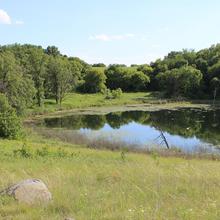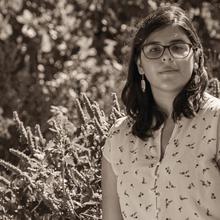The history of Blakely Hall at the University of Minnesota Morris mirrors key aspects of the history of the campus itself. Once a boys’ dorm for the West Central School of Agriculture and Experiment Station, it’s now a co-ed dorm and state-of-the art teacher training facility. Join us for a tour through the history of this significant building.
The University of Minnesota Morris sits on lands first inhabited by the Anishinaabe and Dakota/Lakota people. The first campus buildings housed an American Indian boarding school, administered by the Roman Catholic Sisters of Mercy community and later by the United States Government.
The campus was transferred to the State of Minnesota with the stipulation that American Indian students “shall at all times be admitted to such school free of charge for tuition,” a policy still honored.
The West Central School of Agriculture (WCSA) and Experiment Station opened to 103 students. The mission: to educate west central Minnesota youth on contemporary agriculture and homemaking methods and core academic subjects.
Senior Hall (in foreground) was built in 1920 as a boys’ dormitory. (Photo: 1923)

Enrollment fell to 187 (from 388 in 1929) as students and their families struggled to afford tuition during the Great Depression. (Photo: circa 1930)

Enrollment grew to an all-time high of 455. Students enjoyed excellent academic opportunities and made cherished memories through friendships, athletics, social events, and extracurricular activities.

College classes at the new University of Minnesota Morris began, and the WSCA was phased out.
The 1961-62 school year was the last year the building was used as a boys' dormitory.
The building was renamed Blakely Hall and became a co-ed dorm. (Photo: 1955)

Funding from the capital investment bill was designated to convert the ground floor of Blakely Hall into a state-of-the-art K-12 teacher training facility.
Gifts from donors helped fund the new space, which is fully accessible. Updated technology prepares teacher candidates to practice effectively once they enter classrooms around the state.


